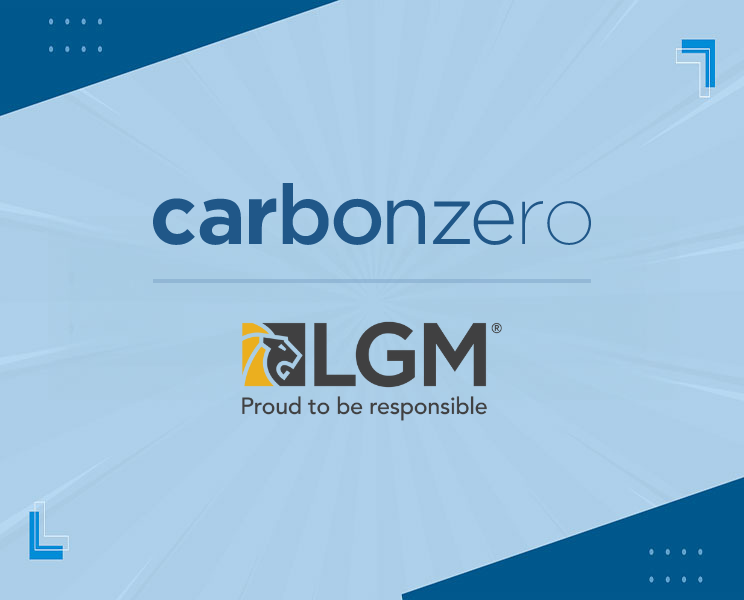As originally appeared in the September 2018 issue of Canadian Autojournal.
The fast-paced demand of the automotive sector has fostered the industry’s reputation for high turnover. Not only is high turnover an expensive trend, but it can also have detrimental impacts on the customer experience.
Research has shown a direct link between employee and customer retention. In order to serve your customers better, investing in employees can ensure your dealership is well equipped with a strong team to increase profitability and customer satisfaction.
Trouble with turnover
Turnover puts a lot of demand on your employees as they take on extra work, which is bad for morale and can result in decreased productivity. Not only do recruitment and training expenses add up, but also having inexperienced staff and a lack of continuity with customers can result in lost vehicle sales and lower customer satisfaction. Turnover is inevitable, but keeping it at a manageable level— between 15 and 20 percent—is crucial to a dealership’s bottom line.
According to Aon Hewitt, highly engaged employees are 36 percent more likely to stay. Appointing a talent manager is the first step to investing in employee engagement and ultimately, your customers. Make the employee experience a priority, with a focus on the three important drivers of employee retention: work-life integration, career opportunities, and total rewards.
Work-life integration
It’s no secret that working in a dealership often requires long hours, but there should be support in place to help employees understand how to integrate their work and life priorities.
Ensuring that your employees’ priorities coexist in a healthy way can increase both engagement and productivity. Studies show that a highly engaged sales force exceeds sales goals by four percent on average, meaning increased engagement can benefit the dealership’s bottom line as well as employees. Explore how to implement a level of flexibility that allows employees to do some work remotely, such as administration or service calls.
Implementing this cultural norm can begin with a simple conversation. Ask your employees what work-life integration means to them, and how they would like these two facets to coexist.
Career opportunities
Employees want to know they are developing professionally. If there are limited career opportunities within your dealership, exploring a job rotation system is a great alternative. Lateral movement encourages cross training and cross-pollination of skills, increasing your dealership’s flexibility around hiring, scheduling and time off requests.
Consider encouraging the receptionist or vehicle clerk to job shadow a Financial Services Manager (FSM), integrated with a training program for FSMs. This could simultaneously decrease the amount of quick replacement hires that end up in your dealership, and create a loyal employee who can progress in his or her career path.
Cross-functional employees can have a positive impact on your dealership’s bottom line, employees, and customers. Imagine how powerful it would be if every employee understood the entire consumer journey within the dealership, from sales, to F&I, to the service experience.
Total rewards
Total rewards encompasses everything that employees perceive to be of value from their employment relationship, including base pay, variable pay, benefits, recognition, and training.
Studies show that retail stores with high engagement among employees have five percent higher customer satisfaction scores. With this in mind, consider adjusting something within the total rewards umbrella to springboard employee engagement upward.


